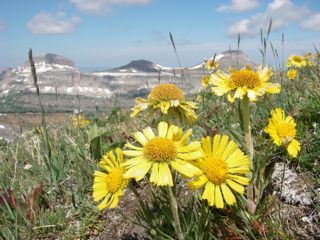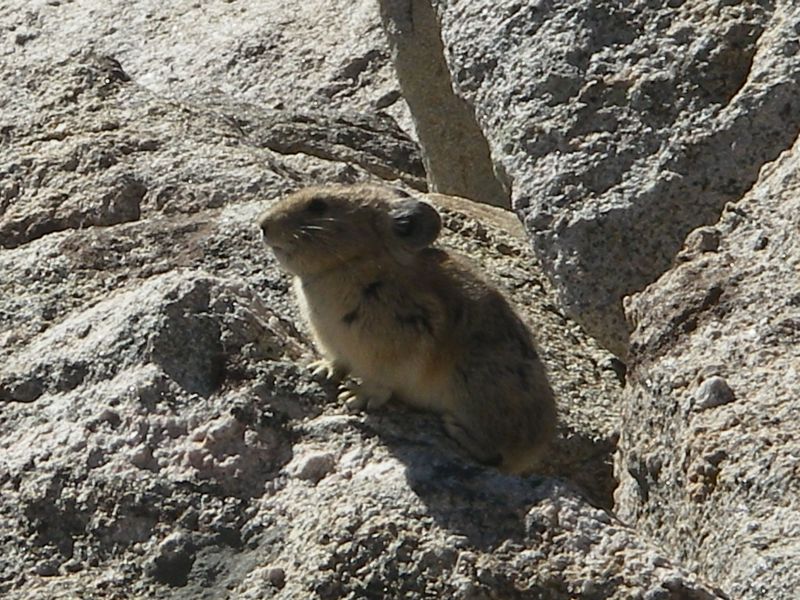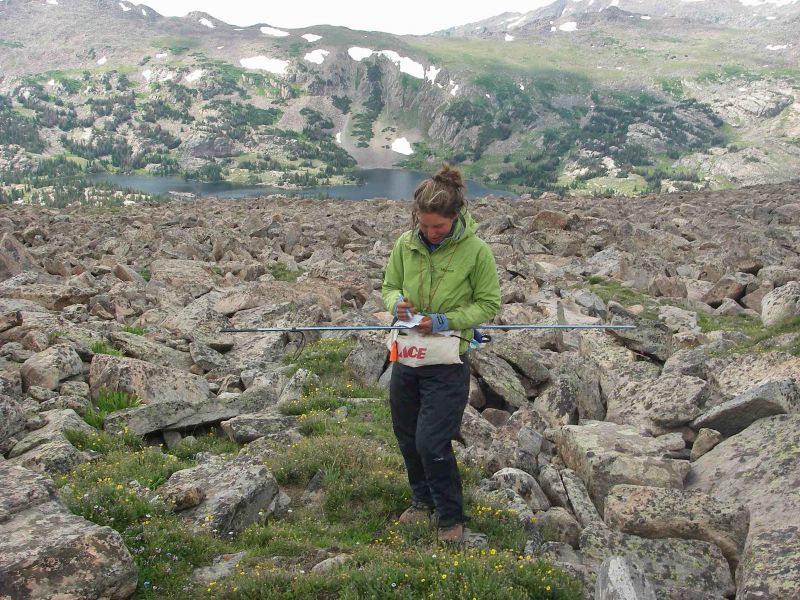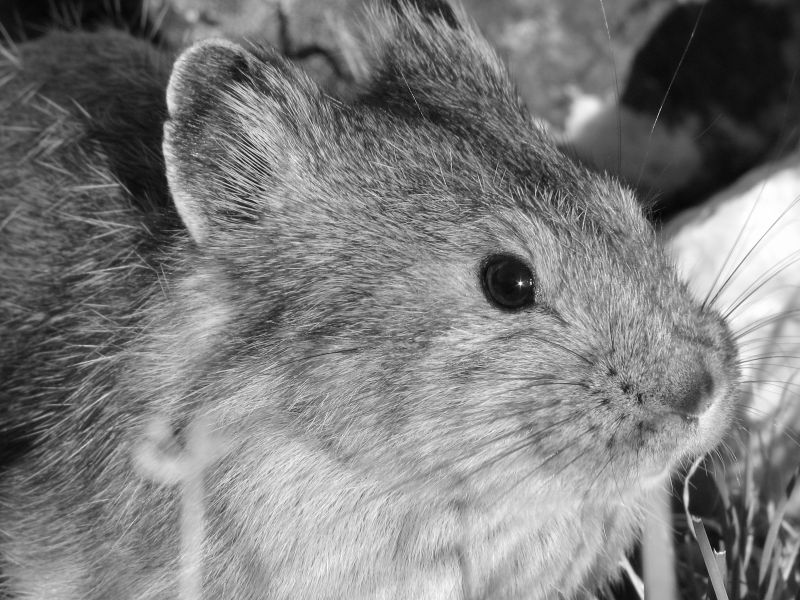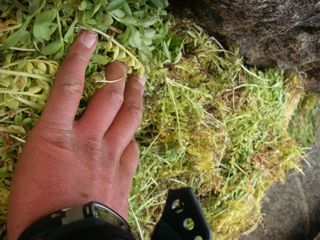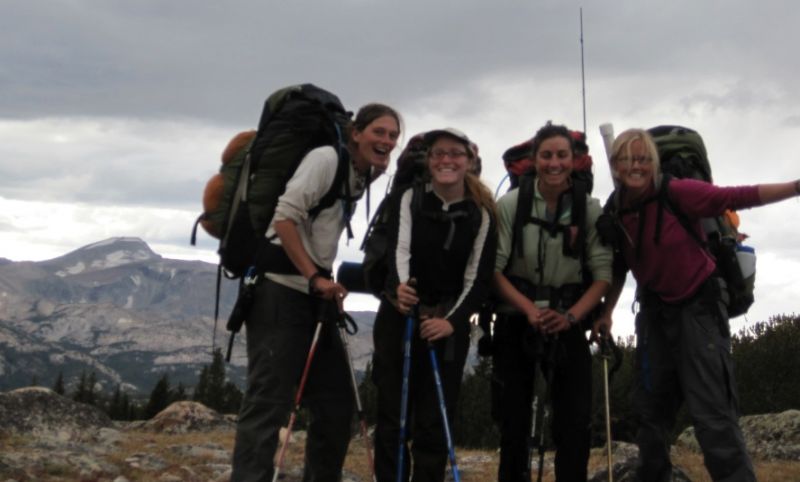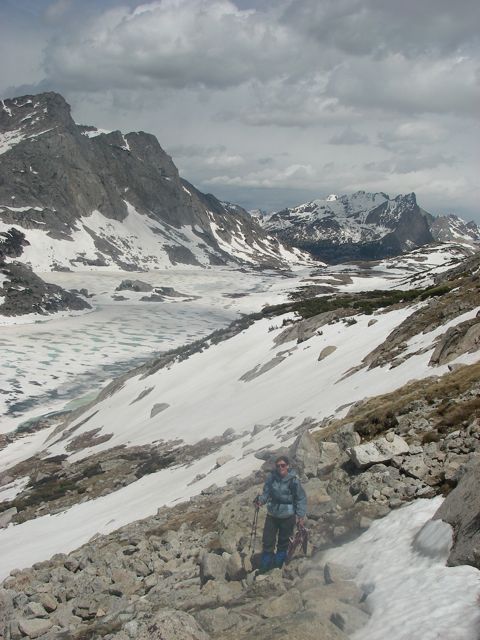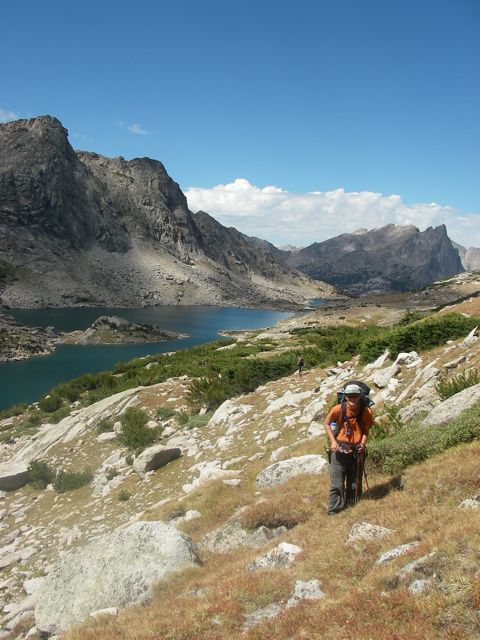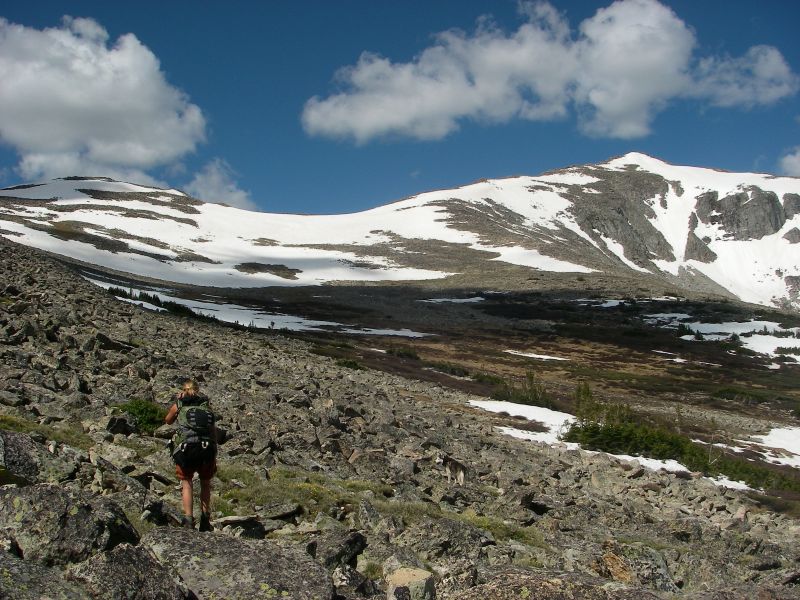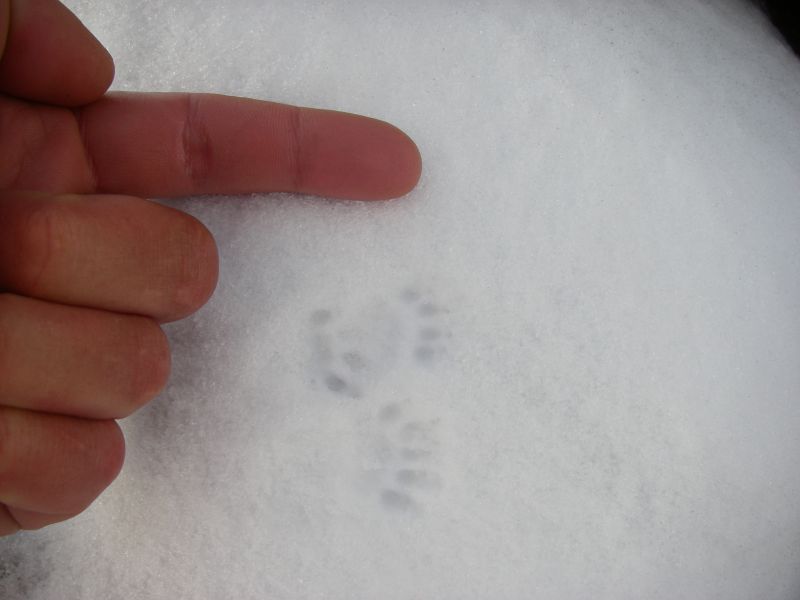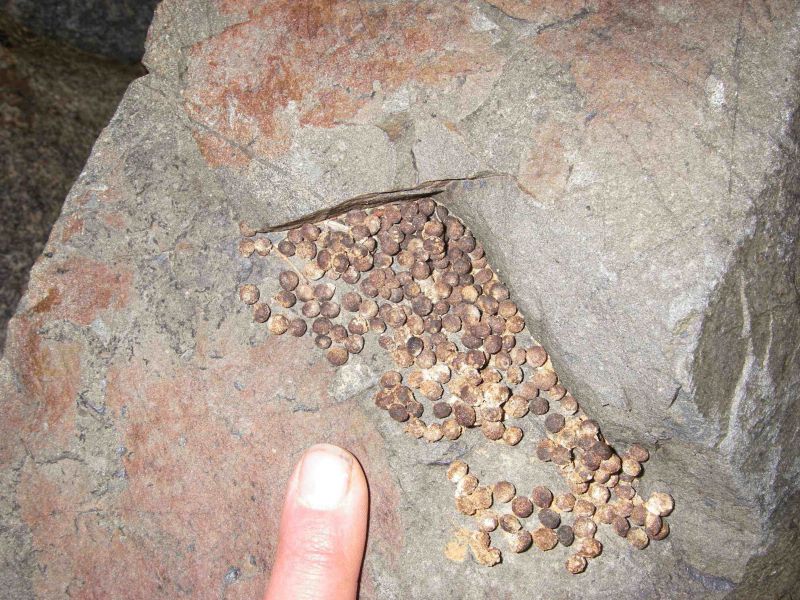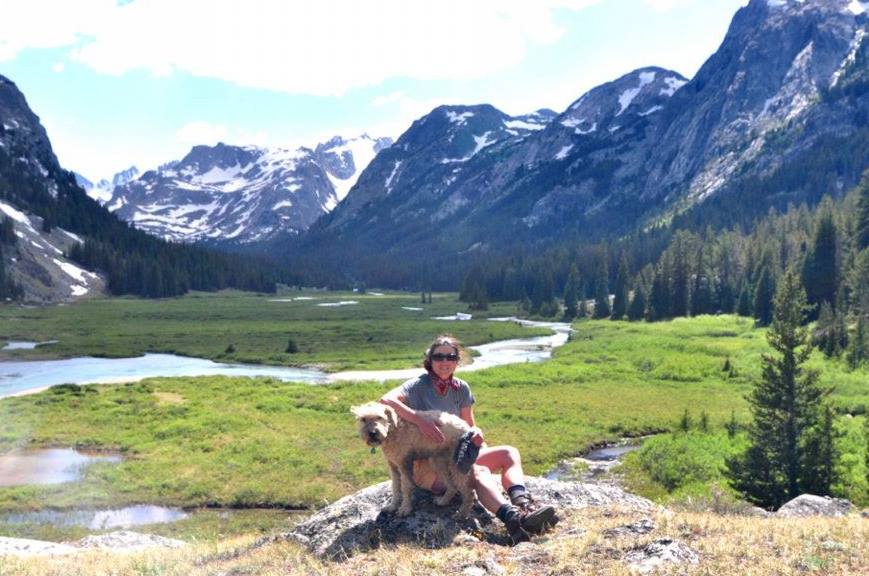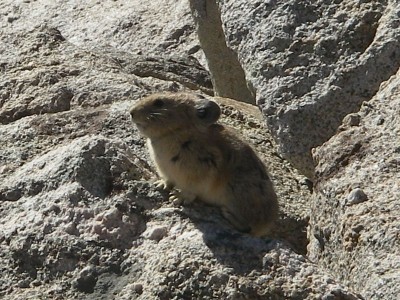 Distinctive life-history traits of the pika such as their sensitivity to temperature, limited dispersal ability and occurrence in small isolated populations render them particularly vulnerable to climate change. In the Great Basin extirpations are linked to rising temperatures and in the Southern Rockies research has shown precipitation to be the strongest predictor of persistence. Lack of reliable snow cover is another proposed factor that may influence this species distribution. A decision to not list the pika under the ESA revealed the context-dependent nature climate limitations on pikas and the need for more information.
Distinctive life-history traits of the pika such as their sensitivity to temperature, limited dispersal ability and occurrence in small isolated populations render them particularly vulnerable to climate change. In the Great Basin extirpations are linked to rising temperatures and in the Southern Rockies research has shown precipitation to be the strongest predictor of persistence. Lack of reliable snow cover is another proposed factor that may influence this species distribution. A decision to not list the pika under the ESA revealed the context-dependent nature climate limitations on pikas and the need for more information.
Our work focuses on trying to better understand status and climate-species relationship of the American pika in the Central Rocky mountains. Scat surveys and habitat data from both the Wind River and Bighorn mountain ranges in Wyoming show similar patterns in relative pika abundance, with the strongest support for explanatory models including elevation and forage availability. Forthcoming analyses using remotely sensed climate and temperature sensor data aims to clarify the relationship between climate and elevation that drives these results.
The unique qualities of pikas as well as their role in the alpine community, make pikas an iconic species and potential indicator of change in alpine systems. Our results will allow for better prediction of shifting pika populations with climate change as well as an enhanced knowledge of the forces structuring pika populations.
Gallery
Reports & Publications
Yandow, L. H., A. D. Chalfoun, and D. F. Doak. 2015. Both climate and local habitat shape the distribution of the American pika (Ochotona princeps): A case of context-dependent climate effects. PLoS One 10(8).
Project Reports
Contact
Leah H. Yandow, M.S. Student
WY Cooperative Fish & Wildlife Research Unit
Dept. 3166, 1000 E. University Avenue
Laramie, WY 82070
[email protected]
cell: (802) 922-4166
Anna D. Chalfoun, Assistant Unit Leader/Assistant Professor
WY Cooperative Fish & Wildlife Research Unit
Dept. 3166, 1000 E. University Avenue
Laramie, WY 82070
[email protected]u
office: (307) 766-6966
Project Lead
Leah Yandow received her M.S. through the Wyoming Cooperative Fish & Wildlife Research Unit at the University of Wyoming in 2012.
Timeline
We spent the first field season of the Pika Project during summer 2010 sampling sites in the Wind River Range. Preliminary data were analyzed and presented at National and Wyoming Chapter of the Wildlife Society annual meetings. We used these data to refine protocols for the second and final season starting June 2011 in the Bighorns. Data loggers were retrieved from the Winds sites at the end of the 2011 season. Final analyses will be completed during summer 2012.
Funding & Partners
Huge thanks to the support of Wyoming Governor’s Big Game License Coalition for two years of funding and also American Society of Mammologists Grants-in-Aid.
Collaborators
We are doing a collaborative analysis with Teton Science School on a comprehensive analysis of pika status and habitat associations of the Greater Yellowstone Ecosystem.



